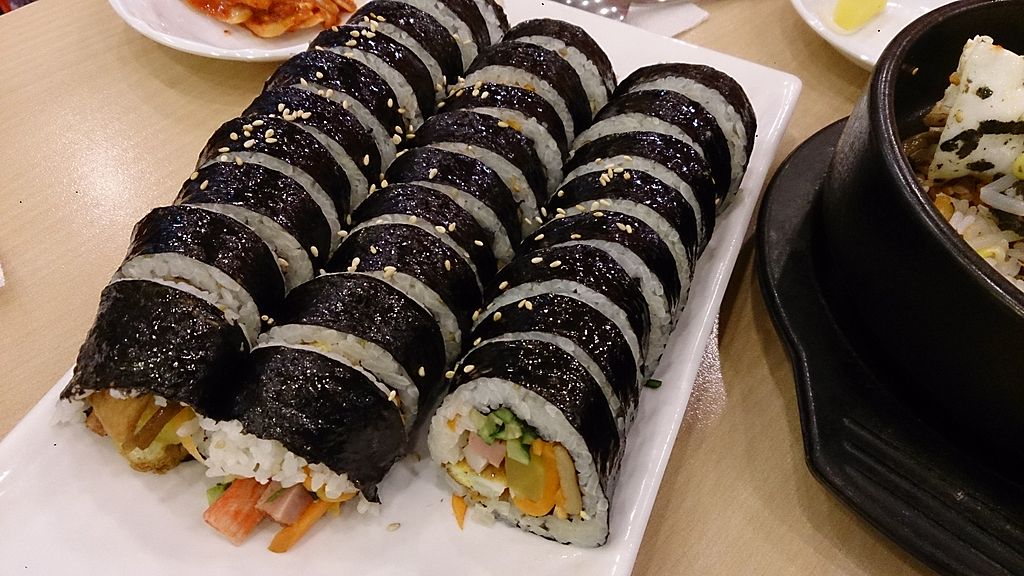From the earliest known pottery makers of 8,000 BC, through the evolution of city states and kingdoms from scattered tribal villages and nomadic barbarians, to modern day civilization, Korea has a very rich and colorful history that spans thousands of years.
The earliest peoples of the Korean peninsula were small bands of hunter-gatherers, likely no larger than a few family groups, and were probably at least semi-nomadic in that they followed the food supplies. As population increased these bands formed into tribes, some of which began to settle down in certain areas where there was enough food to support them. These settled tribes began to build small villages and develop small scale agriculture. A few animals were domesticated, and the villages grew larger.
As the villages grew, both violent conflict and peaceful trade occurred. Some villages began to ally with other nearby Clans or tribes for mutual support against common enemies, while others grew into the forerunners of city-states. The increase in population in these areas led to more intensive agriculture, and further domestication of food animals.
The concentration of more people also allowed for more rapid exchange of ideas. Advances in wood working, tool making, and pottery began to accelerate. With these advances, new ways of preparing and preserving foods began to occur. Milling of grains, cooking vessels that could be placed over fire or coals, and the discovery of salt as a preservative began to change the foods that were prepared and consumed by the people.
Over time the allied villages and the walled towns grew into federated tribes and eventually into kingdoms. While this was happening metal working was discovered or introduced through trade. First bronze and later iron weapons, tools, and vessels spread throughout the peninsula. Trade with more distant people and lands began to occur, both over land and over water. This led to further changes in cooking as exotic foods and methods from far distant lands made their way into Korea.
Warfare between city-states was fairly common as one faction or another sought for greater control over and or tribute from other factions. Captured peoples were often kept as slaves and workers, while defeated enemies were incorporated into or paid tribute to the victor. This merging of tribes and city-states also melded the cuisines of the peoples involved in the conflict.
Korean Kingdoms grew to such power that they controlled territory from the southern end of the peninsula to the south central portions of Manchuria. Pressures from Han China to the north and east, and the Lelang Commanderies to the west caused shifting alliances as the different powers contended for control of the region.
Buddhism made it’s way from India into Korea and was fully embraced by the most powerful kingdoms. With the spread of Buddhism, eating of meat was banned throughout much of the land, which led to the increased development of a primarily vegetarian cuisine. This was the probable origin of the many small vegetable dishes that are known today as namul dishes.
The Buddhist influence began it’s decline with the Mongol invasions of Manchuria and Korea. Mongol rule ended the proscription against eating meat, and brought many new food influences. Western trade with China filtered into Korea, and contact with other lands increased. Traders and adventurers from Korea visited other countries and brought back exotic items, foods, and animals that were introduced to the Royal houses. Eventually, contact with the west introduced the chile pepper to Korea, and Korean cuisine as it is known today began to develop.
Advances in architecture and the spread of heating technology from the noble house to common homes further influenced Korean home cuisine. The increasing commoner’s use of ondol heating, a method for heating the floors of homes, changed the community style cooking areas to private home kitchen areas. Cooking vessels that could be used over the ventilation openings for wood (and later charcoal) heating systems were developed. This allowed much smaller single family meals to be prepared, and increased the variety of dishes dramatically as each family prepared foods to their own personal preferences.
Modern advances such as refrigeration, the introduction of gas heating and cooking, and global trade made many more advances in cuisine possible, resulting in the incredibly rich and complex Korean cuisine of today.
